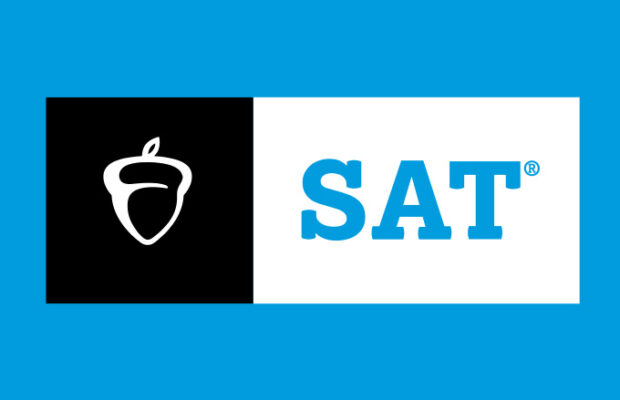Paying it Forward: Doctor’s contributions in honor of former teacher add up to 10-year $100,000 education investment
Kellie Peterson/Editor-in-Chief
For 10 years, Dr. Donald H. Beisner has been paying back the contributrions made by his CFHS math and science teacher in an amount that has reached over $100,000.
Over 50 years ago, Dr. Donald H. Beisner, MD, clearly remembers sitting in the classroom of Oliver (Bud) Eason learning about chemistry, physics, algebra, advanced algebra, trigonometry, analytical geometry, calculus and statistics, all of which were subjects that Eason taught.
Now, Beisner chooses to give back to Cedar Falls High School through both a $5,000 scholarship and a $5,000 grant, both in honor of Eason.
“Well, it was a way to say thank you,” Beisner said.
Beisner also mentioned that he wanted Eason to be honored for being a good teacher.
Eason, who is still teaching astronomy, chemistry and physics at Valley Lutheran High School in Cedar Falls, said that it is “quite an honor indeed” to be recognized for what he has done as a teacher.
Eason’s CFHS teaching career spanned 40 years from 1952-1992.
“He had the wonderful ability to reduce it to practical application,” Beisner said of the subjects Eason taught.
Beisner mentioned that when subjects such as math and science are reduced to practical application students become more motivated to learn.
To date, $50,000 in scholarships and over $50,000 in grant money has been given by Beisner in honor of Eason.
The scholarship helps students interested in a career in math or science, and considers the math and science courses taken, grade point average, standardized test scores, need and an interest in a career in math or science as factors for determining the recipient.
The scholarship covers $5,000 for the recipients’ first year in college. Interested students may obtain an application from a math or science teacher beginning in March, while the deadline is usually in early April. Some past recipients of the scholarship include: Kevin Hancock (2008), Angela Stoss (2007), Vivek Pamulapati (2006) and Morgan Troendle (2005).
In addition to the scholarship, $5,000 each year is given to the school as a part of the Eason Teacher Enhancement Grant. This money is shared between the math and science departments and is used to supplement the budget.
“Normal operating budgets do not always allow for all infusion of new technologies, nor do most budgets pay for teachers to take course work related to their teaching. This money has given teachers resources beyond the basics,” science department head Lynn Griffin said.
Griffin mentioned that the money from the Eason Teacher Enhancement Grant has allowed teachers to implement technology at a faster pace than the normal operating budgets would allow and that the money has also been used for teachers to take courses or attend workshops that will enhance the teaching of their subjects.
“Actually, that segment for me is more gratifying because it makes the teachers lives easier,” Beisner said.
In addition to being used for new technology and teacher courses and workshops, the money from the grant is also used to fund student activities that emphasize math and science, such as the robotics team.
The robotics team has received about $1,000 a year for about seven years from the grant, and the grant is one of the team partners.
“Well, I think it’s a great thing that we have that funding source at our school to help out with student projects like that,” said robotics coach and physics teacher Kenton Swartley.
According to math teacher Mary Staniger, Beisner’s assistance has also greatly impacted learning in math.
“Through the generosity of Dr. Beisner, the mathematics department has been able to use state of the art technologies to increase student and teacher communication necessary for efficient learning to take place,” she said.
The grant has funded the use of tablet computers projected through video projectors for added color, clarity, Internet access, DVD projection and file saving capabilities for students.
“With the help of Dr. Beisner, I am able to practice problems with my students while facing them. They are able to see everything written on the board with no view obstruction. When class is over, I have a copy of all that we accomplished in class. Students may come in for help and view on the video screen the problems that they have questions about from our lessons. They are free to use the tablet computer,” Staniger said.
“We can erase, rework, and print off notes from a study session or class without affecting the original document. My students can keep a copy of our work. I have the capability to produce a PowerPoint with spaces for working through problems, enter data for one class and save as another file so my original PowerPoint is ready for my next class.”
The math department has also recently been able to purchase state of the art graphing calculators that will give students many advantages for exploring and sharing their learning.
Like the other grant recipients, Staniger appreciates Beisner’s generosity.
“Thank you, thank you, thank you, Dr. Beisner. Because of Dr. Beisner’s vision for the future and his financial support, we are able to accomplish many teaching and learning goals efficiently and much sooner than others,” Staniger said.
Beisner emphasized the importance of education, citing that the general public takes for granted what teachers do. “I’m a firm believer that education is our infrastructure, not our roads and bridges,” Beisner said.






You must be logged in to post a comment Login